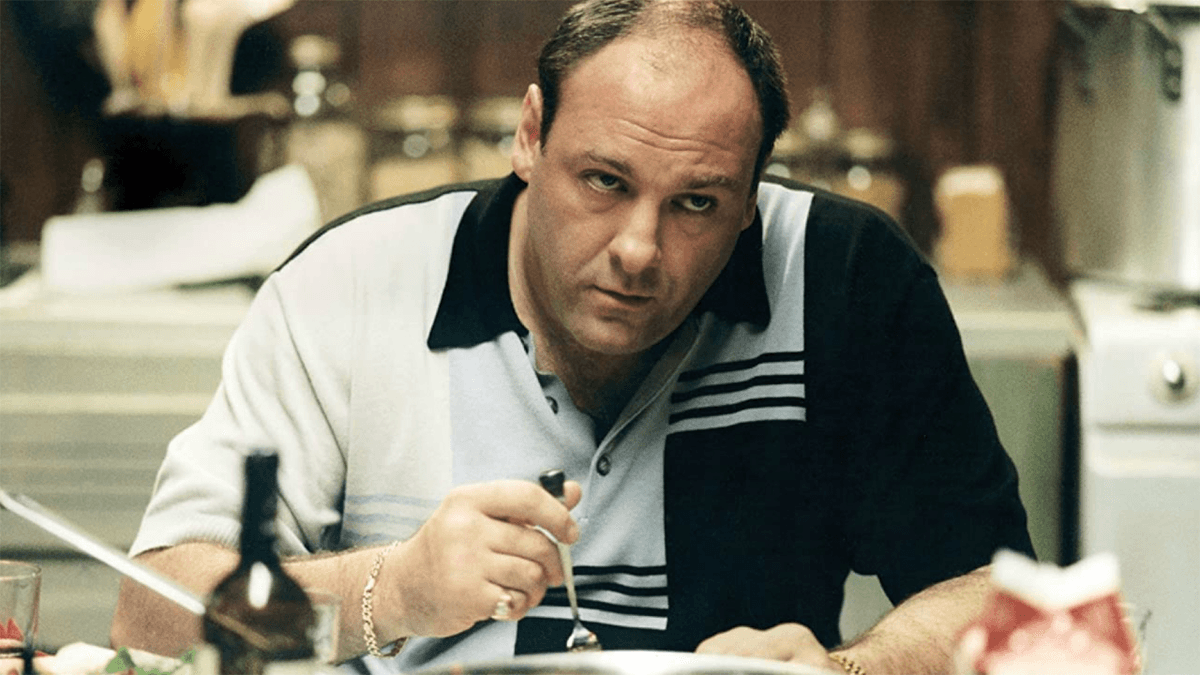Bahia through the eyes of Isabela Seifarth
Born in Salvador, Isabela creates and transmits narratives through her paintings. With elements and traditions common to the Recôncavo Baiano, she tells a bit of the story of the place where she was born, spent her childhood, and developed. Also trained in architecture, she allows herself to "cross her knowledge to expand horizons."
We had a little chat with Isabela about her intentions and work. Check it out below:
You graduated in Architecture in 2016. How has your journey in art unfolded? Did it happen before or after college?
I believe the two things are interconnected, that it is a combined path. I think of art as a project and concept, and architecture has given me pathways for the artistic creation process, and art has given me freedom. The processes of art and architecture have been traversed together, that’s how I see it today. There are some artworks I create where I feel a bit like an architect, a bit like an artist, a bit like a set designer, a bit like a VJ, a decorator, a historian, etc. Crossing artistic knowledge with other knowledge greatly expands horizons.

Born in Salvador, your works portray what is close and what you live and see. How do you seek to translate all this into your works?
We are a bit of what is around us, and for me, it is very natural to bring this into my creative process. I work on creating fictional narratives based on the everyday slices where I circulate. Salvador, Recôncavo Baiano, the Northeast itself are vibrant and pulsating places; to create, it is necessary to understand and feel. I look for images in public and private collections, and I observe everyday life, which adds many layers to the work.

Your works are full of elements that are easily found in the streets of Bahia. Do you think that, above all, the final product ends up being a - almost - collective imaginary?
I believe so. I began to understand this more firmly this year after creating a work called "an altar for São João"; I started receiving a large number of messages from people saying how much they had been moved or even cried. At that moment, I began to understand the work not as a unit, but as a means to affirm collective memories; I was no longer alone with my memories; once the works are in the museum, they become collective beings.

The Northeast, and especially the Recôncavo Baiano, are vibrant places filled with fervor. What is your creative process like to represent these cultural manifestations?
My family comes from the city of São Félix in the Recôncavo Baiano, a very important place for my upbringing; there, the everyday life becomes art; it is like I have always breathed this region. I believe in a total influence of the Recôncavo, either in everyday life or through the artists I met there, like Pirulito and Suzart, two artists and teachers who welcomed me in the learning of the profession.

Your canvases transport us to a lively place. What role do you feel colors play in this?
Thinking about color is just as important as thinking about the concept of the work. And certainly, living in Bahia, in a tropical climate, I end up seeing everything in a more vibrant way. Walking through the cities of Salvador, Cachoeira, and São Félix, we have many stimuli at the same time, both visually and auditorily; a lot happens in everyday life, and I began to conceptualize my work from this, from an aesthetic inherited from the Baroque, the "horror of emptiness." I end up appropriating this concept and thinking a lot about the composition from there, like the colors, using a vast range of colors that form a unity in the gaze.
Finally, what do you intend to convey with your works? Who do you want to reach?
That's it, I think I am seeking this collective memory from my perspective of the imaginaries of Brazil's possibilities. I want to live, imagine, research, and connect with people.
See others like this





